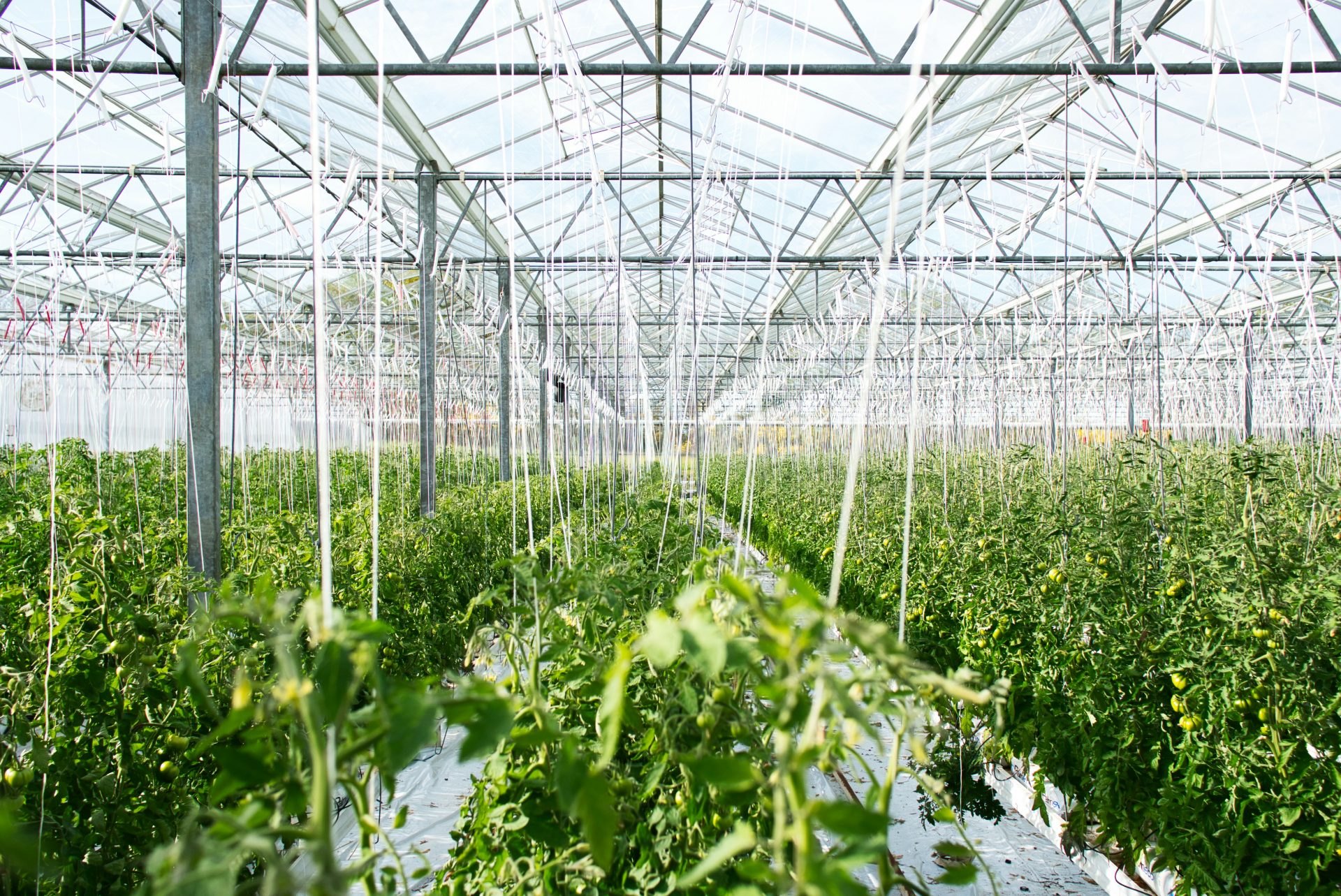
The Ten Big Goals of the CAP
The Common Agricultural Policy (CAP) isn’t just about fields and subsidies. Since 1962, it’s grown from a simple “let’s boost food production and help farmers make a living” plan into a big framework juggling productivity, sustainability, climate, and rural life. So, what are CAP’s ten big goals today? Let’s break them down.
1. Fair Income for Farmer
Farming is tough — yet farm incomes are still lower than most other jobs. Without CAP subsidies, farm earnings would drop by more than 17 %. In 2017, farmers earned about half of what other workers made (better than one-third ten years earlier, but still not equal). Bigger farms often mean higher earnings — especially pig, poultry, wine, and horticulture. Grazing livestock and mixed farms are the ones that struggle most. CAP’s first promise still stands: keep farmers’ incomes fair so agriculture doesn’t disappear.
2. Boost Competitiveness
Subsidies alone are not enough to secure the future of European farming. Farmers need to stay competitive in a world of rising demand, climate risks, and scarce resources. CAP helps by supporting research, innovation, training and access to rural development funding. The focus is not only in producing more, but producing smarter, greener, and in a more resilient manner.
3. Stronger Position in the Food Chain
Farmers are often squeezed between pricey suppliers and powerful supermarkets. Their share of the value chain is stuck, while retailers dominate. The CAP enhances the farmers’ position by promoting producer organisations to achieve higher strength in numbers, implementing transparency rules, protecting against unfair trading practices, and supporting organic and short supply chains, among other measures. The ultimate goal is to ensure that farmers receive a fairer portion of the value generated within Europe’s food system.
4. Climate Action
Agriculture accounts for about 11% of EU greenhouse gas emissions (2021). But farmers are also the first to feel climate change from floods, droughts, and shifting seasons. CAP plays a vital role by promoting smarter soil management, enhancing carbon storage, advancing sustainable biomass and renewable energy, and reducing waste and fossil fuel usage. Farming both contributes to and suffers from climate change. CAP helps farmers cut emissions and adapt so food production stays secure.
5. Environmental Care
Soil is one of Europe’s most valuable resources. It grows our food, stores carbon, filters water, and supports biodiversity. But it’s under pressure from erosion, compaction, contamination, and desertification. The CAP addresses these challenges by establishing standards tied to payments that promote crop rotation, reduced use of pesticides and cover crops, as well as advocates for precision farming techniques to monitor soil health and optimise agricultural inputs. Ensuring that soils remain healthy is critical to maintaining a productive, resilient, and sustainable farmland.
6. Biodiversity & Landscapes
Farming and biodiversity depend on one another. Agriculture needs pollinators, healthy soils, and genetic diversity, while farming practices shape much of Europe’s rural landscape. The CAP promotes habitat preservation initiatives (hedges, field margins, scattered trees), encourages reduced use of water, fertilisers and pesticides; and foster organic and agro-ecological farming practices. The objective is to protect Europe’s landscapes and strengthen the ecosystems that farming itself relies on.
7. Generational Renewal
Europe needs young farmers to keep the agricultural sector alive. Without them, food supply, rural communities, and environmental services are at risk. However, young farmers face several hurdles: land is scarce, credit is tough, training is limited. The CAP provides extra payments for newcomers, investment grants, EU-backed loans, and access to training, mentoring and advisory services. By 2027, it is anticipated that hundreds of thousands of young farmers should benefit from these initiatives.
8. Vibrant Rural Areas
Rural Europe is home to one in five Europeans and covers nearly half of the continent’s land. Yet incomes are lower, unemployment is higher, and services like broadband often lag behind cities. The CAP aims to reduce poverty, create better job opportunities (World Bank data backs this up), aid local business and small farms, and promote circular bio-economy and forestry practices. The ultimate goal: make rural areas attractive places to live, work and thrive.
9. Food & Health Quality
Agriculture is not only about producing enough food but also about ensuring it is safe, nutritious, and high quality. The Common Agriculture Policy promotes strong animal welfare standards and safe farming practices. It helps fight antimicrobial resistance, which causes tens of thousands of deaths in Europe each year, and supports efforts to cut food waste and encourage more sustainable diets. This ensures that the food reaching your plate is safe, nutritious, and responsibly made.
10. Knowledge & Innovation
Modern farming depends on constant learning and the ability to test new ideas. The CAP puts knowledge and innovation at the heart of its latest reform by supporting training & advisory services, research networks and the sharing of knowledge between farmers. By testing and exchanging ideas, farmers can modernise while protecting land and resources.
The Big Picture
Since 1962, the CAP has gone from “feed Europe” to “feed Europe sustainably.” It now balances fair incomes, climate action, biodiversity, rural vitality, and innovation.
The endgame? Farmers who can thrive, landscapes that endure, and communities that stay strong for future generations.





